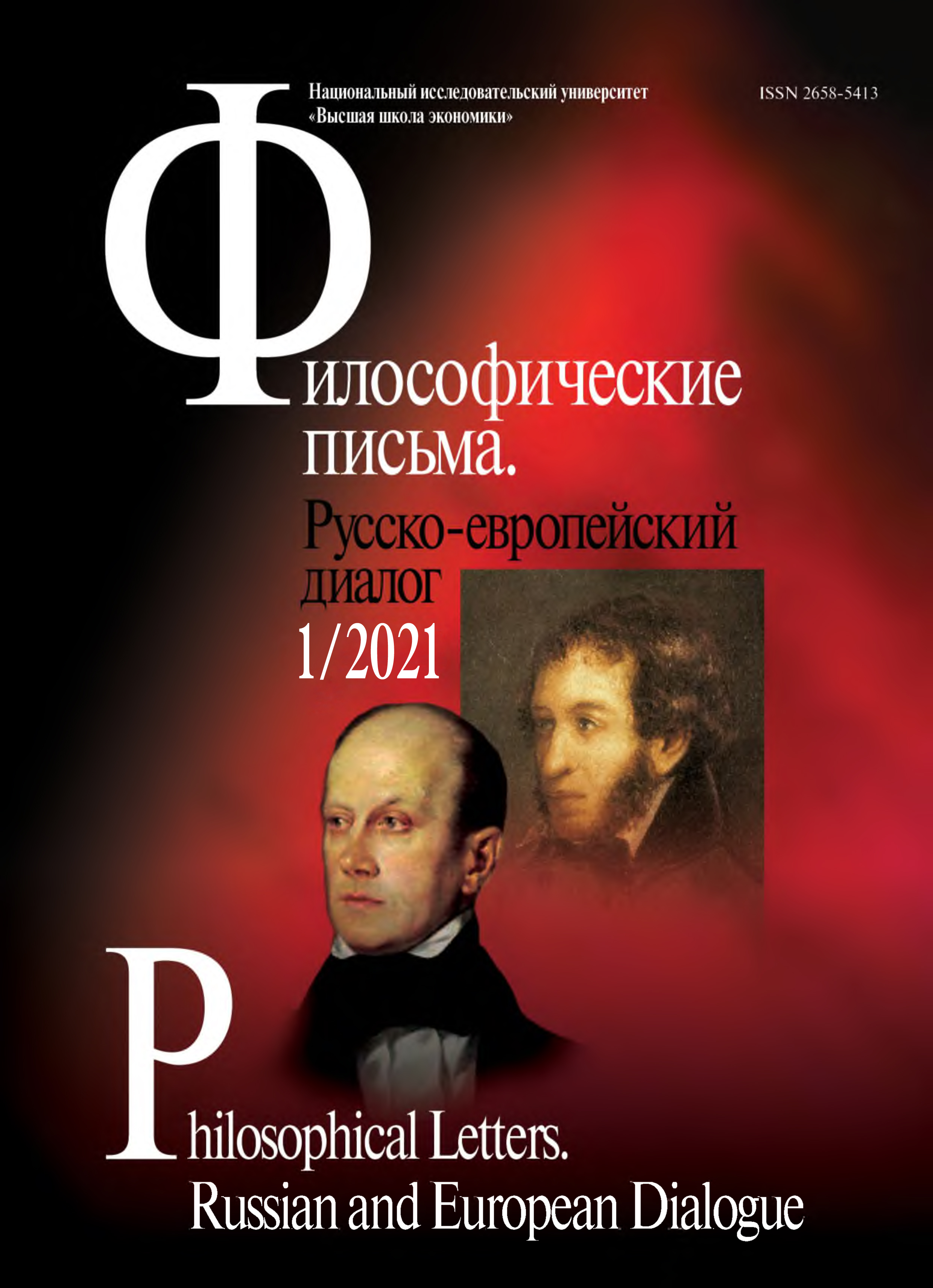The Europe, or the Opening of Dostoevsky
Abstract
The article by the editor-in-chief of the journal opens a series of publications dedicated to the bicentennial anniversary of the great Russian writer F. M. Dostoevsky. The author discusses the problem of the influence of the writer’s creativity, which was not very much in demand during his life at home, on the worldview of the thinking generations of the 20th century in Russia and Western Europe. If in 1911 V. Rozanov noticed that Tolstoy was generally all and always “in luck”, then Dostoevsky, on the contrary, was and still remains “in failure”. After World War I, the famous Austrian writer Hugo von Hoffmannsthal wrote about Dostoevsky as the spiritual ruler of his era. The work of the writer is considered in the article as a prophetic text, which was referred to by European writers. What was happening in Europe, which was experiencing two wars and a change in the territorial European space, was recognized as chaos, which was read about in Dostoevsky’s novels about Russia. Dostoevsky’s work became a space for dialogue between Russia and Europe, expanding contacts between Russian and European philosophers.

